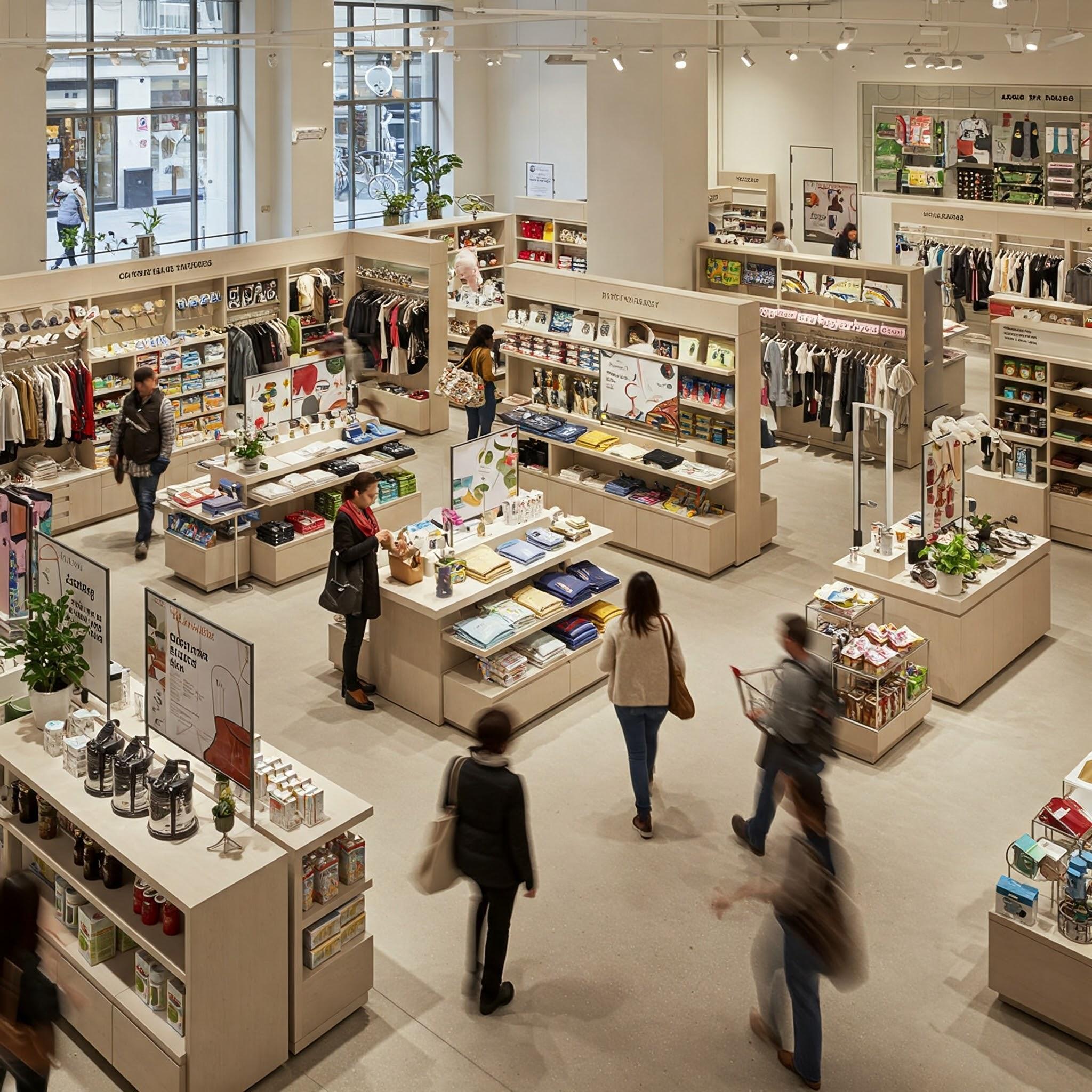Designing Safe and Efficient Electrical Systems for Retail Stores: Key Considerations

Creating an effective electrical system for retail stores is a crucial part of commercial infrastructure planning. Unlike industrial facilities or data centers, Electrical System Design for Retail Stores focuses on customer interaction, aesthetic appeal, and operational consistency—all while ensuring safety and energy efficiency.
Retail stores must offer a seamless experience to both customers and staff, which means the electrical systems should be designed with attention to reliability, compliance, and future scalability.
1. Ensuring Electrical Safety for Staff and Customers
The presence of customers increases the need for stringent safety measures. Installing Ground Fault Circuit Interrupters (GFCIs) and Arc Fault Circuit Interrupters (AFCIs) in appropriate areas helps protect against electrical shocks and potential fires. Clearly labeled circuits, safe cable routing, and well-maintained outlets are essential safety elements in any retail environment.
2. Promoting Energy Efficiency to Cut Costs
Retail businesses can benefit greatly from energy-efficient lighting, such as LED fixtures, motion sensors, and daylight harvesting systems. Smart HVAC systems, automated controls, and energy management solutions also reduce energy consumption and lower operational costs—improving both sustainability and profitability.
3. Designing for Operational Reliability
Retail operations depend on uninterrupted power for lighting, point-of-sale systems, security, and climate control. The electrical layout should include backup generators, UPS systems, and load prioritization for essential functions to avoid downtime that could affect sales or customer experience.
4. Planning for Future Scalability
Retail spaces frequently undergo renovations, tech upgrades, or layout changes. A well-designed system should include expandable panels, available conduits, and extra outlets for additional signage, kiosks, or display units. This makes it easy to integrate new technologies, such as electric vehicle chargers, digital signage, or solar panels, without a major overhaul.
5. Fire Safety Measures for High-Traffic Spaces
With the dense wiring and electrical equipment in retail settings, fire safety cannot be overlooked. Using fire-rated materials, integrating sprinkler systems, and ensuring automatic shutdown features for faulty circuits help protect both people and property. Regular fire inspections and emergency lighting systems are also critical.
6. Integrated Security Systems
Retail stores face constant risks of theft and intrusion. Electrical systems should support security cameras, motion detectors, alarm systems, and access control at entrances and storage areas. A centralized control room or dashboard can help monitor all these systems efficiently.
7. Maintaining Code Compliance
Retail electrical designs must meet local, national, and international standards, such as the National Electrical Code (NEC). Using certified components, conducting periodic inspections, and updating systems according to code changes ensure legal compliance and avoid costly penalties or shutdowns.
8. Smart Monitoring and Power Management
Modern retail environments benefit from real-time power monitoring tools, Power Distribution Units (PDUs), and remote control systems that help track energy use and detect abnormalities. This not only improves efficiency but also enables predictive maintenance and cost optimization.
Conclusion
Designing an electrical system for a retail store goes far beyond simple wiring. It involves a holistic approach that integrates safety, efficiency, aesthetic needs, customer convenience, and long-term scalability.
By adhering to these principles, engineers and designers can ensure a retail space that is not only compliant and reliable but also future-ready and energy-conscious.



